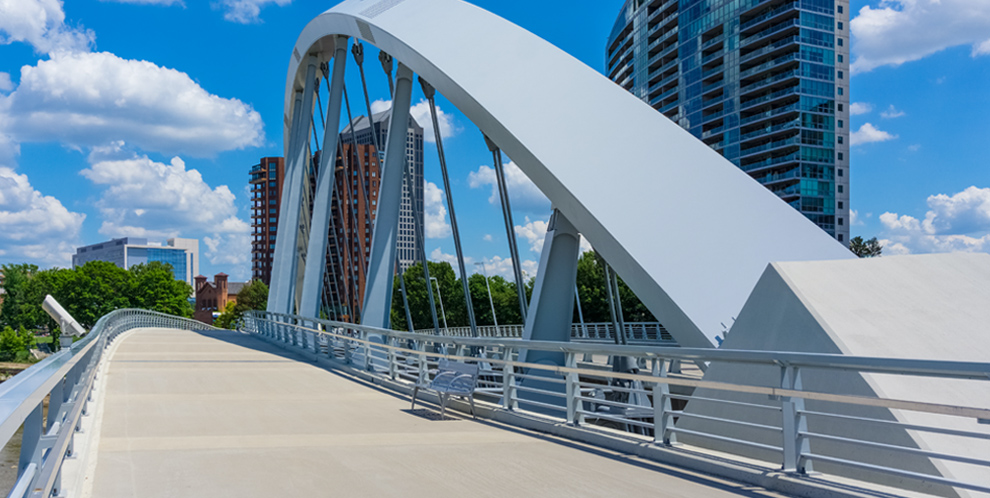Time isn’t a luxury that businesses have when it comes to forecasting demand for supply during our current health crisis. A recent article indicates that grocery sales spiked nearly 60% in one week of March alone. And customer behavior is changing rapidly in unexpected ways. For example, shoppers are making fewer trips to grocery, drug and convenience stores but are spending more per visit, according to another story.
To keep supply levels healthy and serve their customers, businesses use automated data and analytics such as demand-sensing technology that provides real-time insights. It combines COVID-19 disruption data such as health and economic information with unstructured data, including news, weather and social sentiment — down to the county level.
This insight is valuable because it provides retail, consumer goods, travel and other industries with detailed data to help them make informed demand forecasting decisions.
Making sense of the data — faster
“In today’s environment, companies need a fundamentally different approach for demand planning,” said Christian Toft-Nielsen, Vice President AI Workflow, IBM Services. “Almost every CEO is thinking ‘how do I manage this disruption, make the right decision and optimize my supply chain operations?’”
“Demand-sensing technology helps businesses understand pandemic-related disruption and economic risks in order to forecast demand and solve for specific supply chain problems. These emerging technologies are unique because they take unstructured data like news and pair that with sensing information such as consumer sentiment.”
Toft added that all the data is integrated into deep learning models and intelligent workflows. In the case of retailers, they can use the technology to determine when to reopen stores, curbside pickup service needs, and online and warehouse inventory— all critical when you’re operating on a slim profit margin.
Demand sensing: Visualize trends and risks
COVID-19 triggered major disruptions that affected buying preferences and customer demand. Bar and restaurant changes affected adult beverage sales and some companies shifted resources and produced hand sanitizer. Tools like demand sensing help firms understand external influences and demand drivers so they can adjust forecasting and their portfolio of products.
“Having tools to plan for events such as the potential COVID-19 impact in the fall is crucial so suppliers can build inventory ahead of time,” said Jorge Malibran, Partner, Cognitive Process Re-Engineering, IBM Services. “We can’t completely predict the future, but we can plan for it.”
Suppliers can also apply demand sensing to forecast how much inventory to mass-produce and for how long. Take family-pack products, which consumers are buying more of right now, according to Malibran. School openings in the fall could change production needs.
Also, the demand for cookies and crackers reached almost a 50% increase in March and could be attributed to a rise in school closures as more people working from home and pantry stocking.
Proactive forecasting
Malibran mentioned that old forecasting models don’t work for COVID-19 and hypothetically, similar events because they use historical data. In contrast, demand-sensing tools that track current, external data such as state actions have a huge impact on product consumption.
“Short-term, companies need to be prepared to respond quickly to ever-changing market demands and maintain competitive advantage,” said Malibran.
“Long-term, the goal is to make operations more efficient by connecting supply and demand — usually, if you have a deep understanding of demand you can supply correctly, yet a lot of companies treat these separately.”
COVID-19 has driven home the need to strengthen resilience across global supply chains. With demand sensing, companies have an opportunity to automate forecasting, respond rapidly to customer needs and find new ways to serve them.



Follow Us